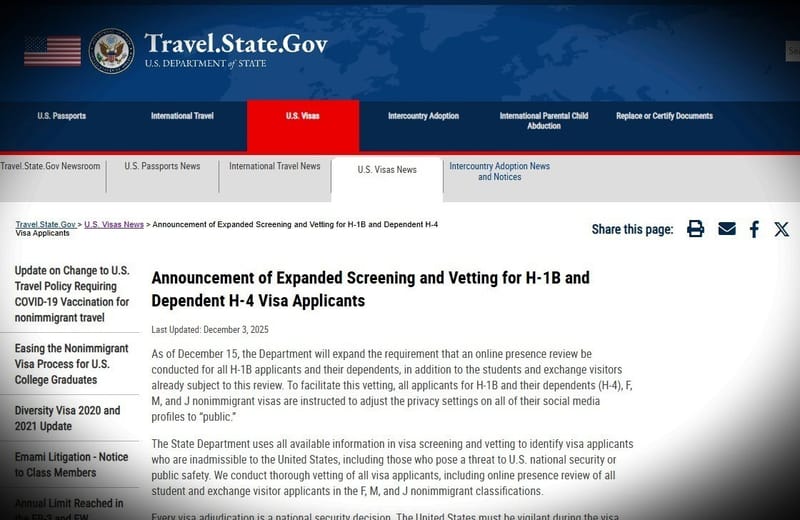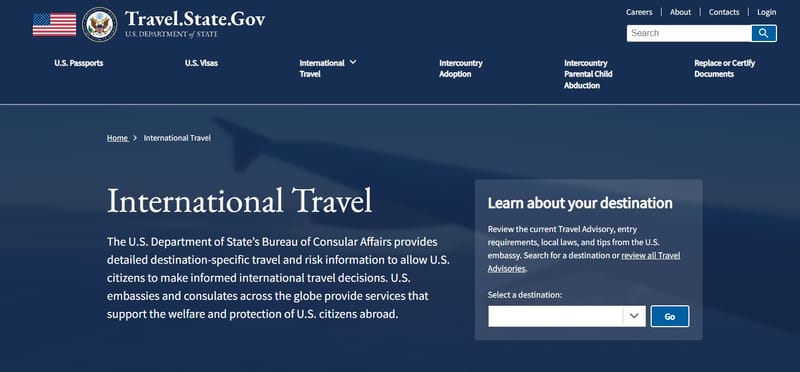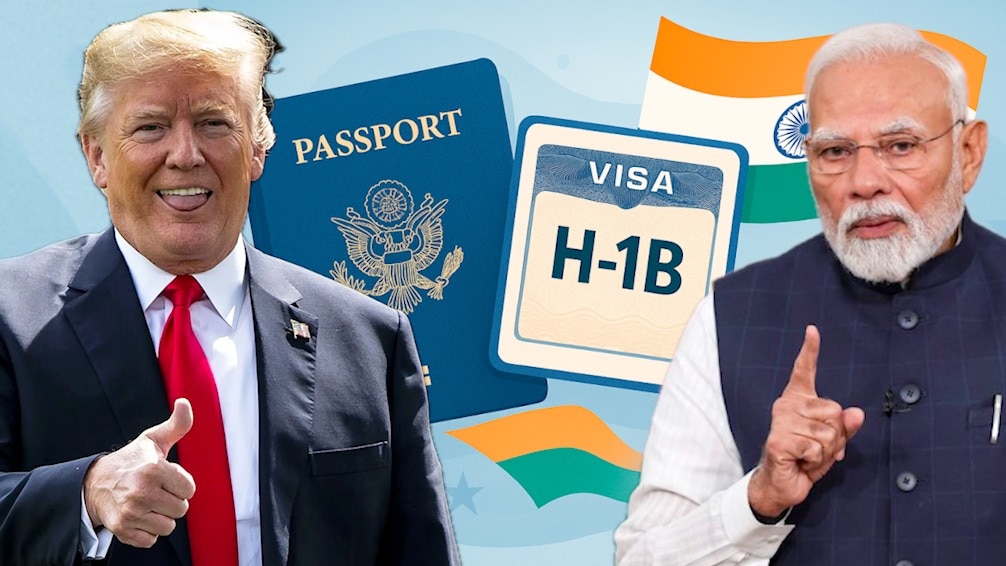USCIS Clarifies $100,000 H-1B Fee: Who Pays and Who Is Exempt
This USCIS clarification significantly narrows the impact of the $100,000 H-1B fee, offering substantial relief to many current visa holders and those seeking status changes within the US, while still imposing a major cost on employers hiring new talent from abroad.

Subscribe to our newsletter and stay informed about latest H1B news, policy updates and and other developments.
Article Summary
The Trump administration's $100,000 H-1B visa fee, introduced via proclamation, has been clarified by USCIS. The agency confirmed the fee applies only to new H-1B petitions for workers outside the US, exempting existing visa holders, those changing status from within the US (like F-1 or L-1), and renewals or extensions. Employers sponsoring new foreign workers from abroad are responsible for paying this fee.
Original Article: hindustantimes.com
[ Sentiment: neutral | Tone: factual ]
This summary and analysis were generated by TheNewsPublisher's editorial AI. This content is for informational purposes only; it does not constitute legal or immigration advice.
[ Sentiment: neutral | Tone: factual ]
This summary and analysis were generated by TheNewsPublisher's editorial AI. This content is for informational purposes only; it does not constitute legal or immigration advice.
TNP AI: Key Insights
This clarification addresses significant uncertainty for thousands of skilled professionals and their employers. The initial proclamation of a $100,000 fee, a drastic increase from previous H-1B fees ranging from $215 to $5,000, had sparked widespread concern that it would effectively dismantle the H-1B program and jeopardize countless careers, particularly for Indian tech workers who comprise a large segment of H-1B recipients.
For companies, especially those in the tech sector, this means the prohibitive cost primarily impacts their ability to recruit new talent directly from overseas. It will likely incentivize businesses to prioritize candidates already within the US, such as F-1 students or L-1 visa holders, or to explore alternative visa pathways. This policy shift could also influence global talent strategies, potentially pushing some employers to leverage talent pools in other countries with more predictable skilled worker visa programs.




